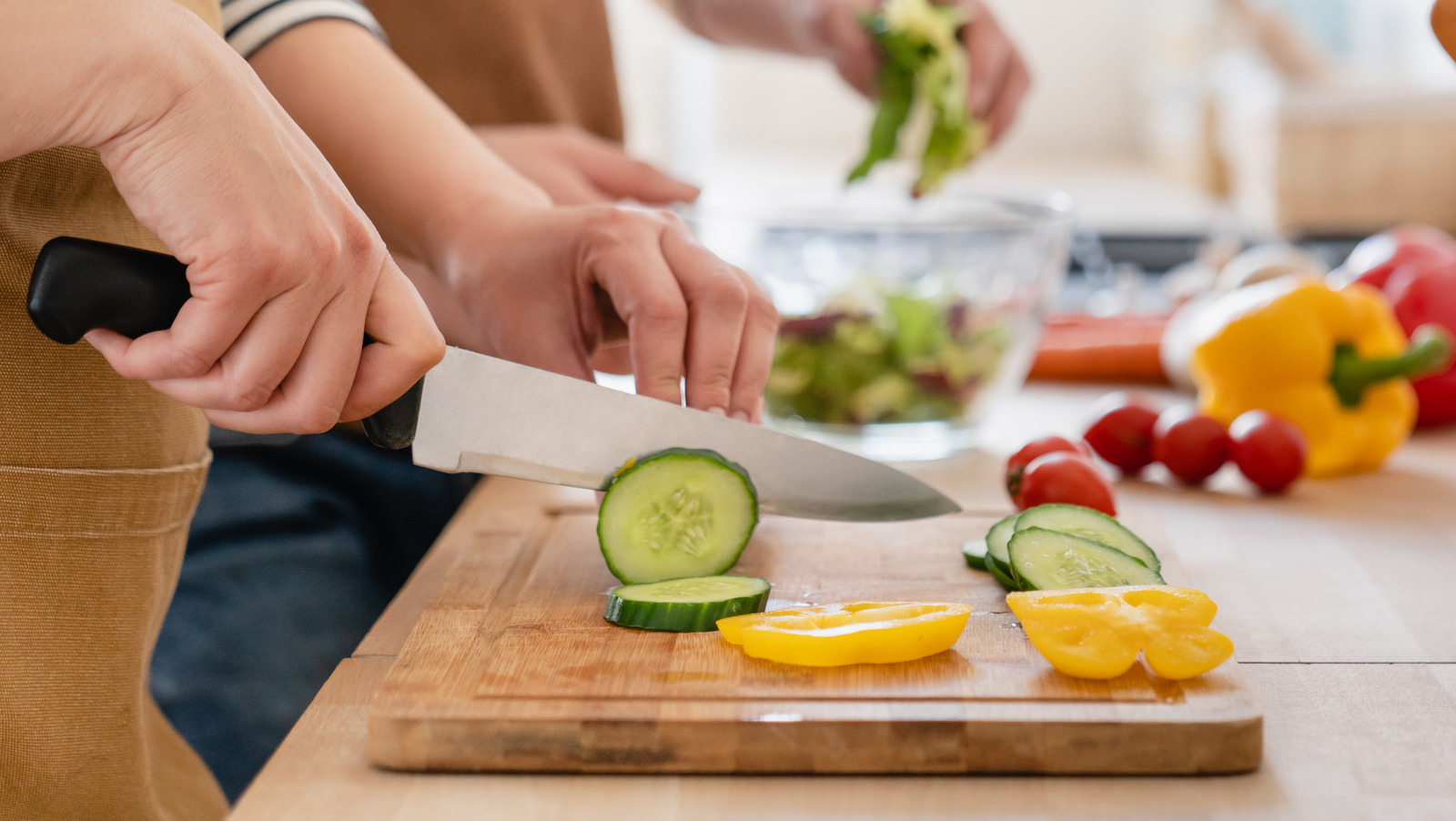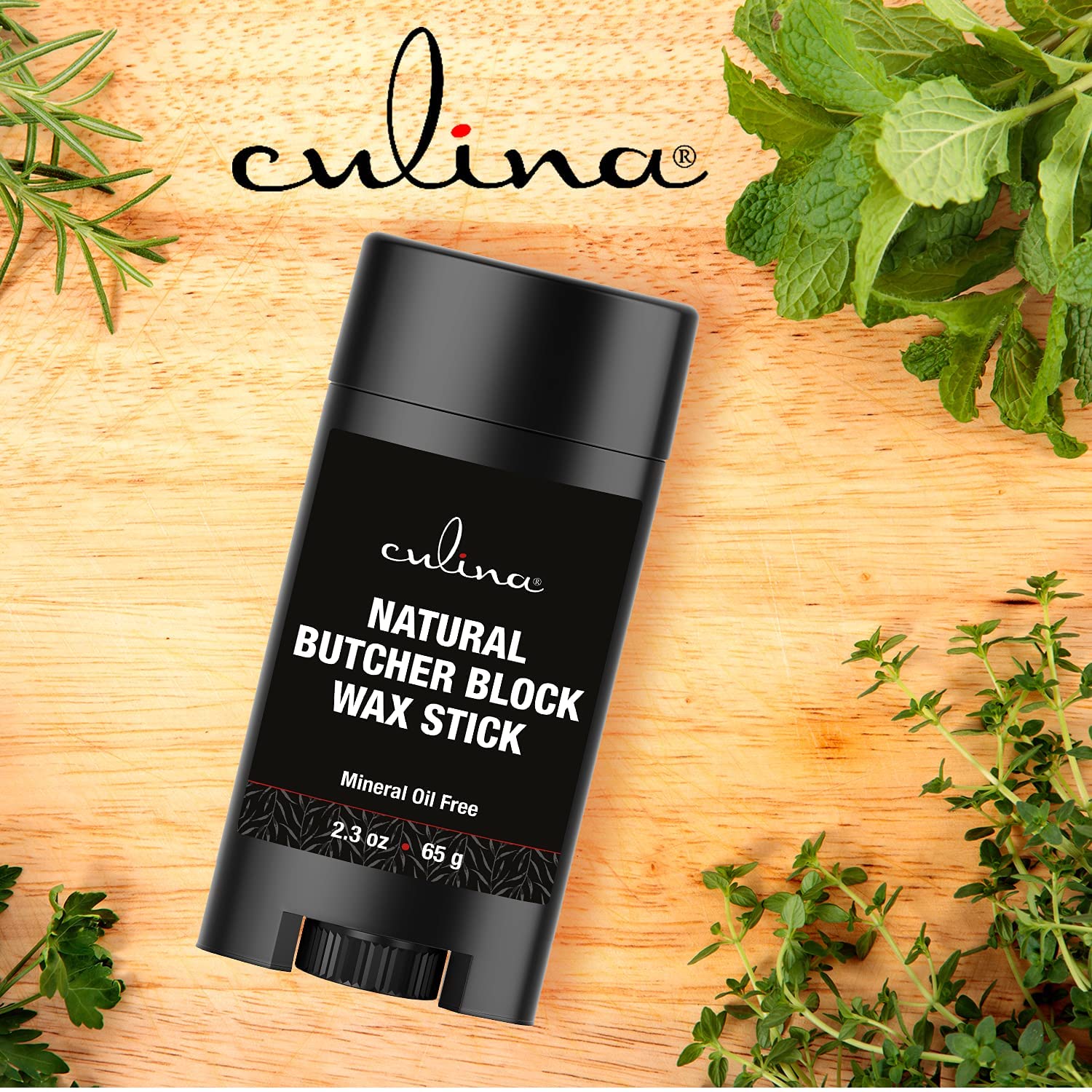Introduction to Cleaning Cutting Boards with Vinegar
Keeping cutting boards clean is essential for anyone who frequently works in the kitchen, especially for kitchen professionals. With all the different ingredients and food items that touch your cutting board daily, ensuring it’s free from harmful bacteria is of utmost importance. One effective and natural way to achieve this level of cleanliness is by using vinegar. This article will delve deep into how to clean cutting board with vinegar and why this method is beneficial.

Why Choose Vinegar for Cleaning?
Vinegar is known for its antibacterial properties, making it a popular choice for cleaning various surfaces in the kitchen. Unlike chemical cleaners, vinegar is free from toxic substances and is safe to use around food.
Types of Cutting Boards
Before we get into the cleaning process, its important to understand the different types of cutting boards. There are mainly three types: wood, plastic, and bamboo.
Wooden Cutting Boards
Wooden cutting boards are popular due to their durability and natural antibacterial properties. However, they can be challenging to clean.
Plastic Cutting Boards
Plastic boards are easier to clean but can harbor bacteria in knife cuts. It’s essential to clean them thoroughly.
Bamboo Cutting Boards
Similar to wooden boards, bamboo cutting boards are durable and eco-friendly but require proper maintenance.

Steps to Clean Cutting Boards with Vinegar
Gather Your Supplies
Here are the supplies you’ll need for this cleaning process:
- White vinegar
- Water
- Scrubbing brush or sponge
- Optional: baking soda, hydrogen peroxide
Initial Rinse
Begin by rinsing your cutting board with hot water to remove any loose food particles.
Apply Vinegar
Pour white vinegar directly on the cutting surface. Ensure the entire surface is covered.
Scrub the Surface
Use a scrubbing brush or sponge to scrub the cutting board. The acetic acid in the vinegar helps to break down any remaining food residues and bacteria.
Rinse and Dry
Rinse the cutting board thoroughly with hot water and dry it completely with a clean towel.

Optional Cleaning Enhancements
For extra cleaning power, you can add a few additional steps:
Using Baking Soda
Sprinkle baking soda on the board before applying vinegar. Scrub and rinse as usual.
Using Hydrogen Peroxide
After scrubbing with vinegar, spray hydrogen peroxide on the board. Let it sit for a few minutes before rinsing.
Maintenance Tips
To keep your cutting boards in top condition, follow these maintenance tips:
- Always dry your cutting board immediately after washing.
- Regularly oil wooden boards to prevent drying out and cracking.
- Replace plastic boards when knife cuts become too deep.
External Resource
For more cleaning tips, visit this link: Cleaning Techniques.
Benefits of Cleaning with Vinegar
Using vinegar not only cleans but also deodorizes your cutting board. Vinegar’s natural properties make it an excellent choice for maintaining kitchen hygiene without introducing harmful chemicals into your food preparation areas.
Frequently Asked Questions (FAQs)
How often should I clean my cutting board with vinegar?
It’s recommended to clean your cutting board with vinegar after every use to ensure it remains free of bacteria and odors.
Can I use apple cider vinegar instead of white vinegar?
Yes, apple cider vinegar can be used, but white vinegar is often more effective and less expensive.
What should I do if my cutting board smells even after cleaning it with vinegar?
If odors persist, try sprinkling baking soda on the board, scrubbing, and letting it sit for a few minutes before rinsing.
Final Thoughts
Keeping your cutting board clean is crucial for maintaining a hygienic kitchen environment. With the power of vinegar, you can ensure that your cutting boards are free from harmful bacteria and ready for your food preparation tasks. Happy cleaning!
As an Amazon Associate, I earn from qualifying purchases.

